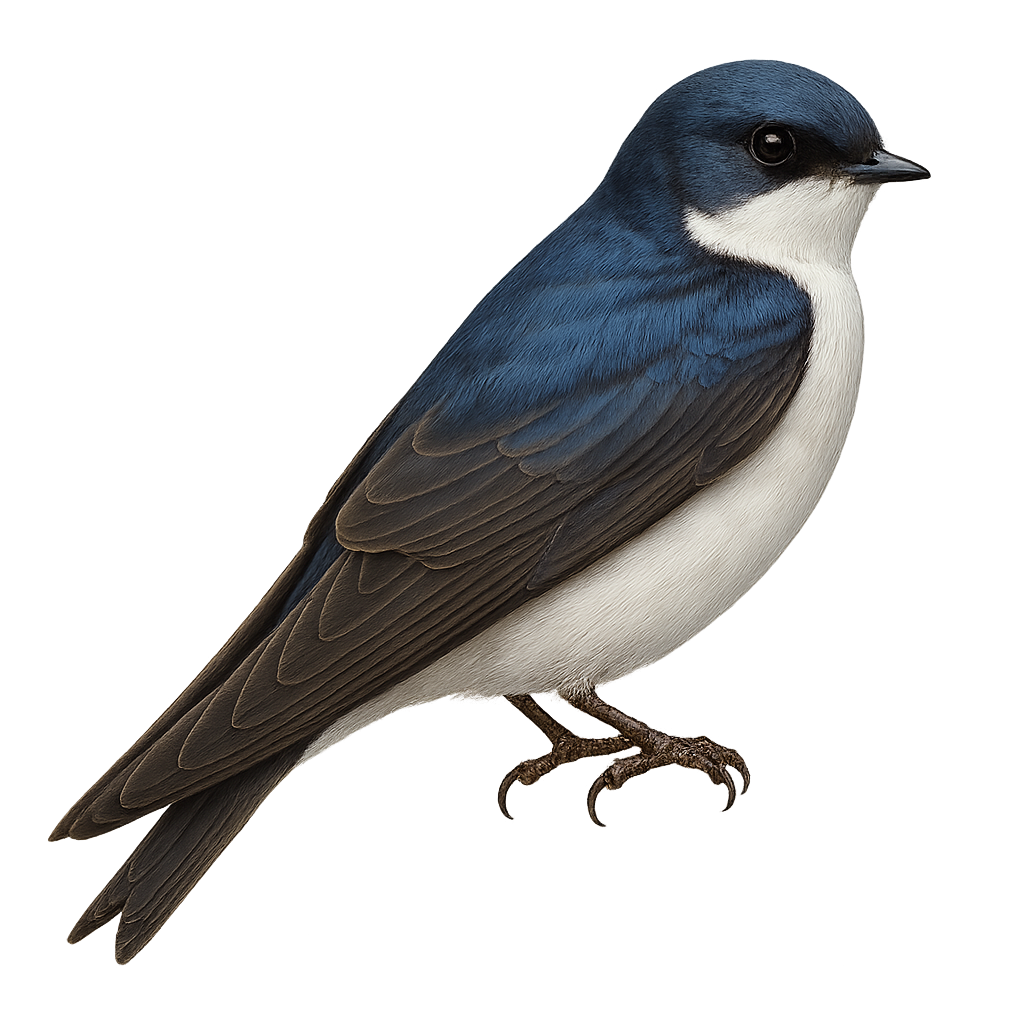Your wildlife photography guide.
Explore the blue-and-white swallow in detail, study its behavior, prepare your shots.
Where to observe and photograph the blue-and-white swallow in the wild
Learn where and when to spot the blue-and-white swallow in the wild, how to identify the species based on distinctive features, and what natural environments it inhabits. The WildlifePhotographer app offers tailored photography tips that reflect the blue-and-white swallow’s behavior, helping you capture better wildlife images. Explore the full species profile for key information including description, habitat, active periods, and approach techniques.
Blue-and-white Swallow
Scientific name: Pygochelidon cyanoleuca

IUCN Status: Least concern
Family: HIRUNDINIDAE
Group: Birds
Sensitivity to human approach: Suspicious
Minimum approach distance: 5 m
Courtship display: October to November
Incubation: 14-16 jours
Hatchings: October to December
Habitat:
Open areas, water edges, grasslands
Activity period :
Primarily active during the day, with peak activity in the morning and late afternoon.
Identification and description:
The Blue-and-white Swallow, or Pygochelidon cyanoleuca, is a small, agile bird easily recognized by its metallic blue back and white belly. It frequents open areas, often near water, where it skillfully hunts flying insects. This species is widespread in South America, from Panama to Argentina. It is often seen in groups, especially outside the breeding season. Nests are typically built in natural or artificial cavities, such as bridges or buildings. Although its conservation status is currently "least concern," it is sensitive to environmental changes, particularly pollution and habitat destruction.
Recommended lens:
400mm – adjust based on distance, desired framing (portrait or habitat), and approach conditions.
Photography tips:
To photograph the Blue-and-white Swallow, it is advisable to use a 400mm lens or longer to capture detailed images without disturbing the bird. Look for open areas near water where they often hunt. Be patient and wait for them to briefly perch on a branch or wire. Use a fast shutter speed to freeze their quick and unpredictable flight. Morning or late afternoon light often provides the best conditions to capture the details of their metallic plumage.
The WildlifePhotographer App is coming soon!
Be the first to explore the best nature spots, track rutting seasons, log your observations, and observe more wildlife.
Already 1 432 wildlife lovers subscribed worldwide

